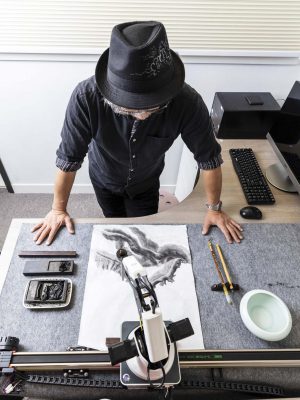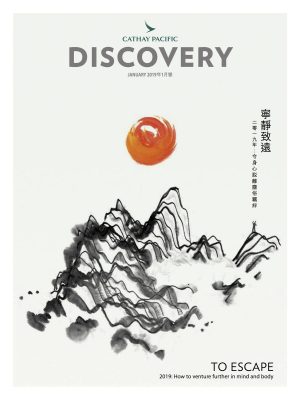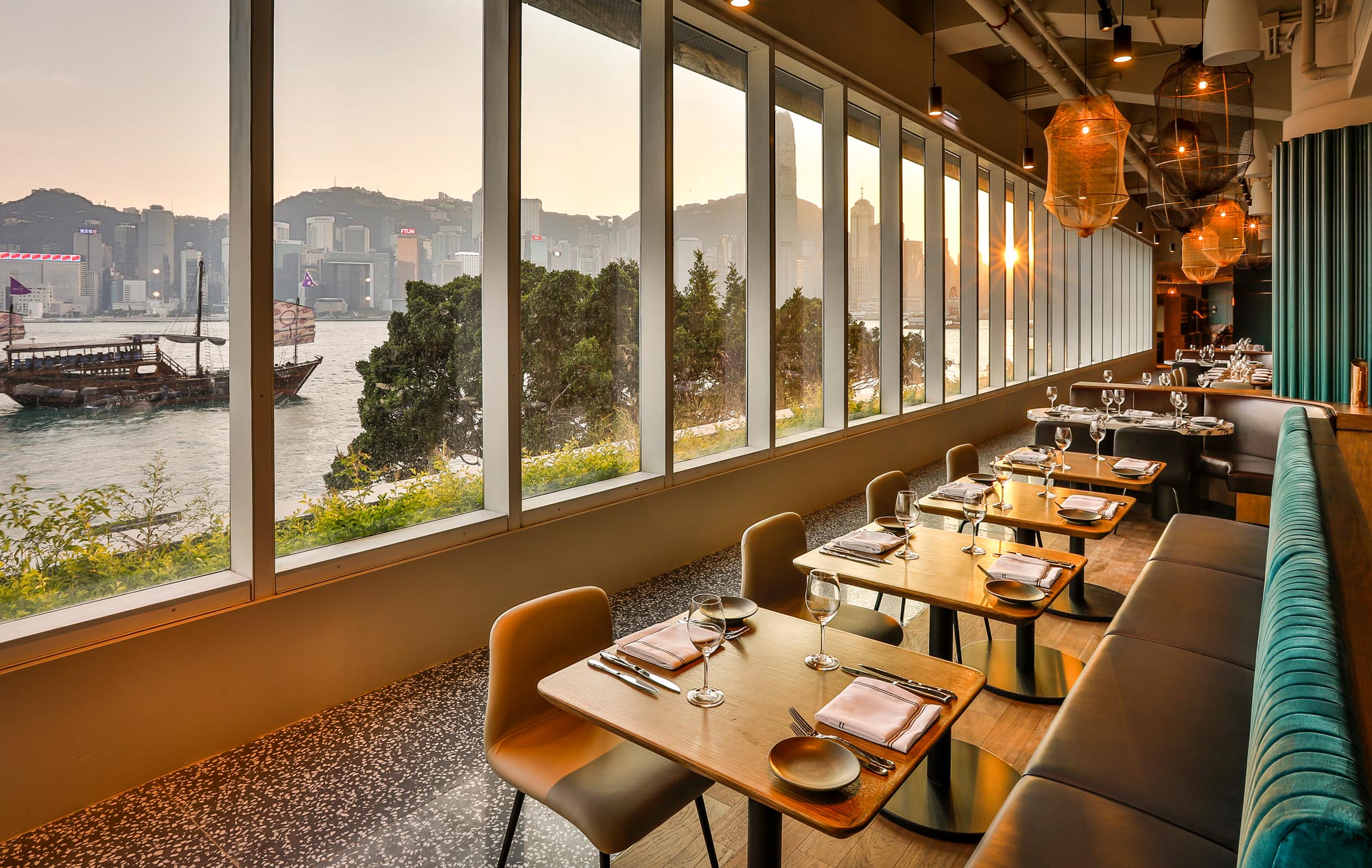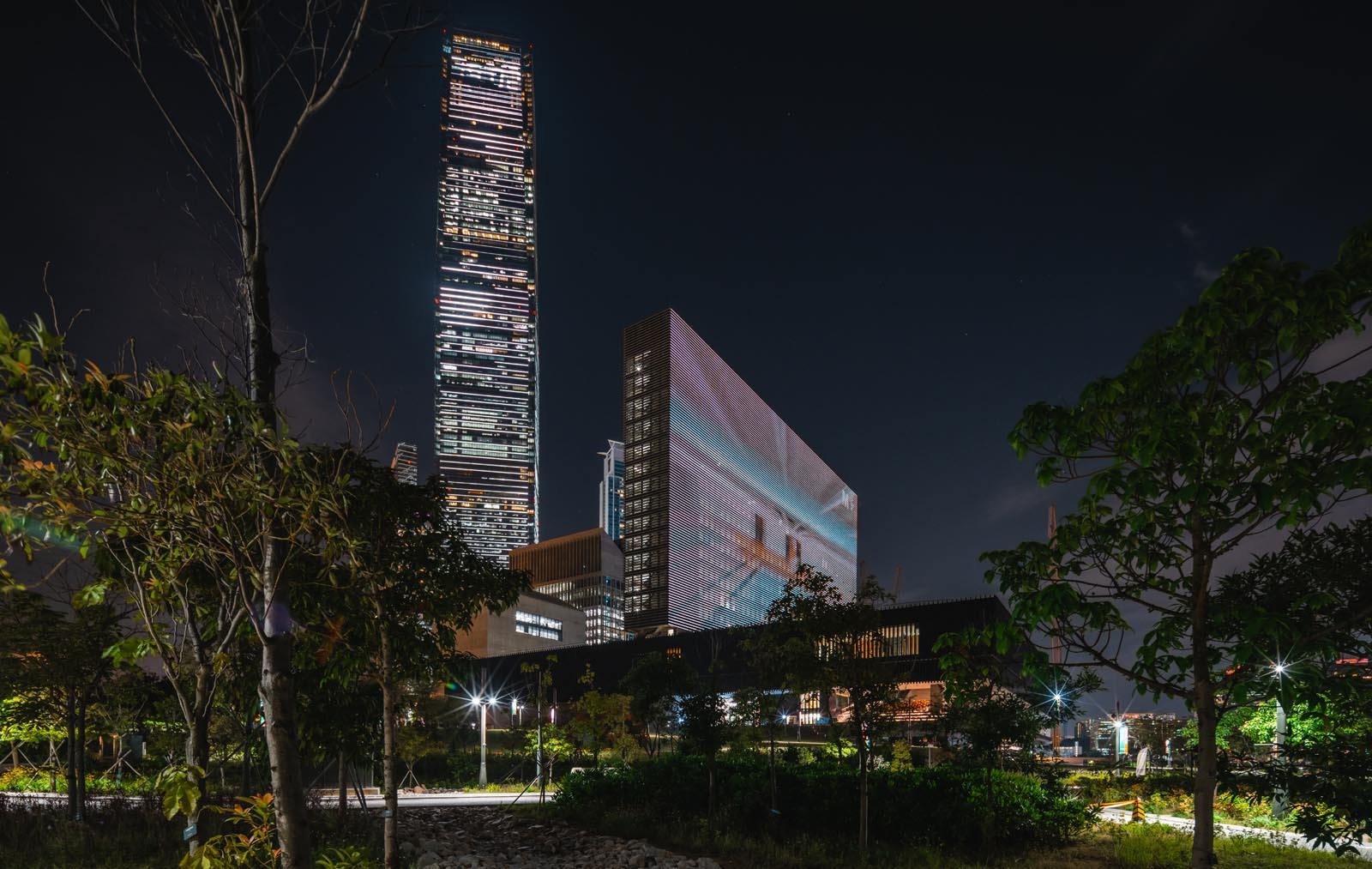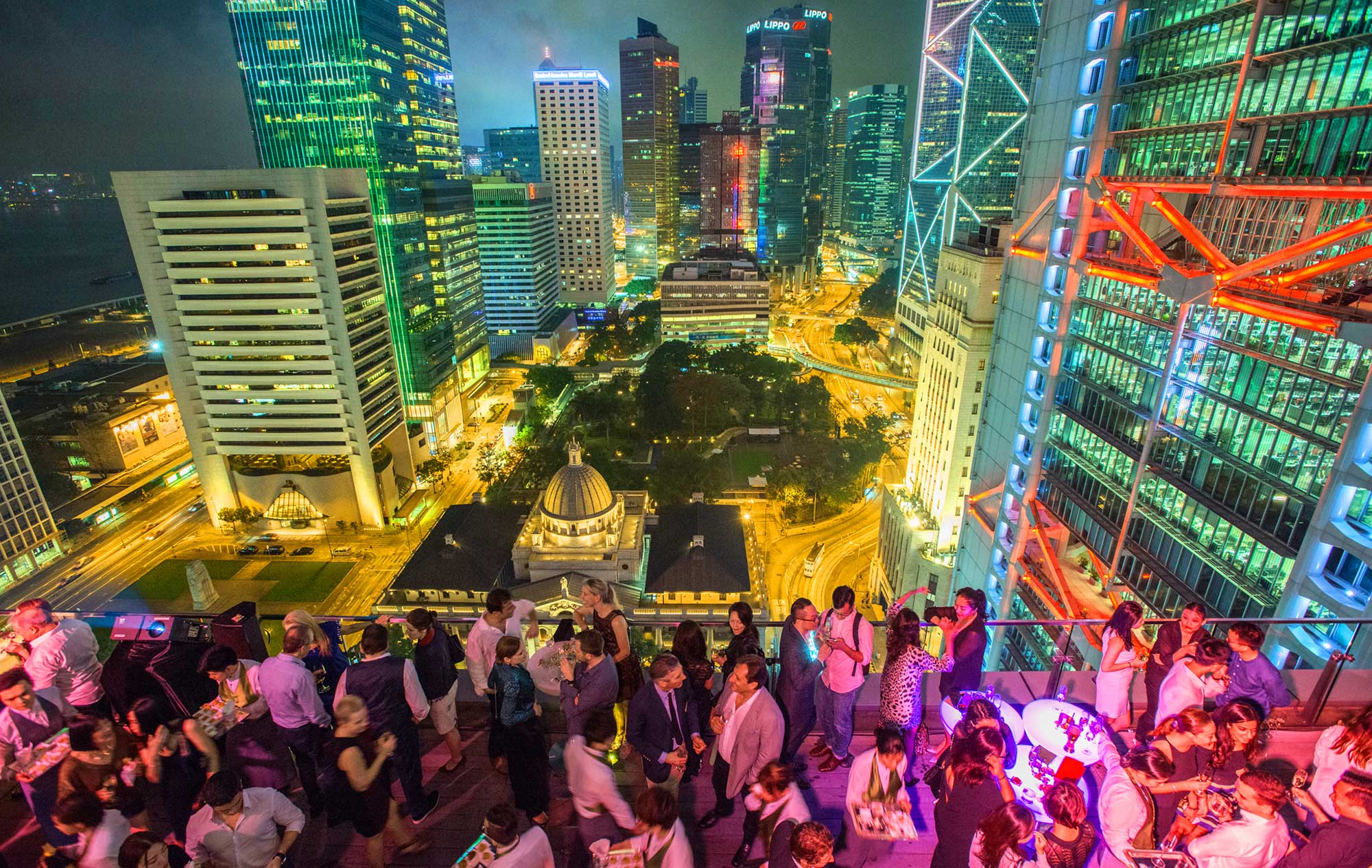Victor Wong is a pioneering creative presence in Hong Kong and Hollywood. His company vfxNova has created some of the most stunning special effects in blockbusters such as Iron Man, The Nightmare Before Christmas, Rise of the Legend and Karate Kid. His list of advertising and film accolades includes Cannes Lions and Taiwan Golden Horse awards.
But today, he’s speaking to us about a world far removed from the multiplex and the editing suite.
Mike Pickles
We are discussing the shan shui masters: the Chinese school of ink artists who first flourished in the fifth century.
‘They would return from a long journey and spread out their parchment scrolls in front of their elders,’ says Victor. The landscapes, he adds, weren’t designed to show what was there, but what they thought.
Those ‘mountains and water’ ink landscapes illustrate a philosophy, one deeply rooted in Taoist tradition as much as a physical place. The artists observed the sacred mountains, but also the conventions – the way the paths led to the heart of the piece, the threshold at the entrance. Humans, in comparison to the realm of mountains, were relatively insignificant.

It’s interesting to compare such landscapes with the works of 19th century romantic artists in the West. Think of Caspar David Friedrich’s Wanderer Above the Sea of Fog, one of its canonical works. Artists such as Friedrich, too, obsessed about man’s relationship with landscapes; only here the human ego is at the centre of the vision, pitting itself against the majesty and terror of nature.
In the shan shui masterpieces, you’re struck instead by the artist’s self-effacement, the lack of ego as well as the sense of space and timelessness.
Which brings us to the cover art that Victor has produced for our ‘escapism’ story.
Art, whether in the East or West, has always been driven and changed by technology: the invention of paper, of ‘new’ colours such as ultramarine blue and technical breakthroughs – perspective, chiaroscuro – right through to modern times, when acrylics, video and computer software have driven new movements and trends.
Right: Mike Pickles
Now we could be on the cusp of another technology-led artistic revolution: artificial intelligence (AI).
The landscape you see on the cover of this magazine is not a product of Victor’s artistic vision, his ego, or even his hands. Instead, he fed geographical data into a machine he calls Gemini: statistics about erosion, tides, tectonic forces. Then he introduced another force that’s both mathematical and creative – randomness.
The robot arm begins drawing. Victor doesn’t know if his landscape will be rough or wild, island or mountain, covered in clouds or not. Gemini did not consciously produce the work, because AI does not possess a consciousness in the sense we’d understand it. It inhabits a space between man and machine, landscape and abstract, mathematics and art, the intended and the random.

And yet the work, entitled Escapism 1203, belongs in the same family as those scrolls that the elders surveyed 1,500 years ago. It was a connection pointed out by the Hong Kong gallerist and curator Calvin Hui, who features Victor’s work in a new exhibition opening in Taipei this month.
Ink Now is a bold attempt to link the history of the artform with the experiments of contemporary artists. But this inaugural event also belongs to another tradition – art as manifesto.
Its objective? ‘What Ink Now is facing today is the urgent need of promoting the values of Oriental aesthetics – and therefore cementing its place in contemporary art,’ says the programme.
A friend told Calvin that he was engaging in ‘cultural diplomacy’. I’m not clear if that was meant as a congratulation or an allegation, and I’m not sure Calvin is either. But he is passionately committed to proving that ink art is not a ‘niche’ market, nor a ‘regional’ phenomenon.

‘People have the perception that the international market means Western art and Chinese means regional,’ he says. ‘Yet ink painting and drawing have existed here for more than a thousand years. We can’t let it be perceived as old fashioned.’
Victor’s AI work may just be the ideal medium to convey that message.
‘Chinese ink painting is amazing,’ the artist says, ‘even when they only had ink, paper and water.’ He may be harnessing the most advanced technology available, ‘but the same spirit is still there in the traces of the strokes on the paper’.
Ink Now Art Expo takes place over 18-21 January at the Expo Dome, Taipei Expo Park.




